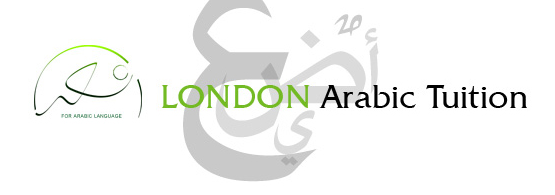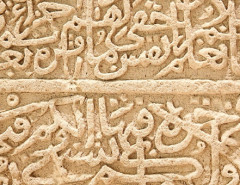Unveiling the Mystery: The Vanishing Vowels in Colloquial Arabic
Arabic, a language known for its beauty and complexity, encompasses various forms, including Modern Standard Arabic (MSA) and colloquial Arabic. One fascinating distinction between these two variants lies in the treatment of vowels at the end of adjectives and nouns. In colloquial Arabic, these vowels, which indicate the grammatical case of a word, mysteriously disappear. Join us on a captivating journey as we unravel this linguistic phenomenon in a clear, easy, and engaging manner.
1. The Dance of Vowels in Arabic:
Arabic is a language that dances with vowels, relying on them to convey meaning and grammatical nuances. Vowels play a vital role in indicating the case of a word, whether it is in the nominative, accusative, or genitive case. They bring life and melody to the language.
2. The Great Vanishing Act in Colloquial Arabic Dialect:
In the enchanting realm of colloquial Arabic dialect, a fascinating transformation occurs. The vowels at the end of adjectives and nouns, which elegantly demonstrate the case of the word, mysteriously vanish. Like a magician’s trick, these vowels disappear, leaving behind a silent sukoon, a diacritic symbol representing the absence of a vowel.
3. The Impact on Pronunciation:
The disappearance of vowels at the end of words in colloquial Arabic has a profound impact on pronunciation. When speaking colloquial Arabic, the final vowel sound is no longer pronounced, resulting in a word that ends with a consonant sound. This alteration adds a unique rhythm and flavor to colloquial dialects, distinguishing them from the more formal MSA.
4. Embracing Contextual Clues:
In the realm of colloquial Arabic, context becomes a trusted companion. With the absence of vowels indicating the case of a word, understanding the intended meaning relies heavily on the surrounding words and the overall context. It’s like solving a linguistic puzzle, piecing together the clues to unlock the true meaning.
5. A Tapestry of Regional Variations:
Colloquial Arabic is a tapestry woven with regional variations, each with its own distinct flavor. From the Levant to the Gulf, from North Africa to the Arabian Peninsula, colloquial dialects differ in their treatment of vowels. While the vanishing vowels are a common characteristic, the specific pronunciation and nuances may vary across regions.
The enigmatic difference between MSA and colloquial Arabic lies in the vanishing act of vowels at the end of adjectives and nouns. In colloquial Arabic, these vowels disappear, leaving behind a silent sukoon. This linguistic phenomenon adds a unique charm to the spoken language, transforming it into a symphony of consonants and contextual clues. As you embark on your Arabic language journey, embrace the beauty of colloquial Arabic and its regional variations. By unraveling the mystery of the vanishing vowels, you will unlock a deeper understanding and appreciation for the diverse tapestry of the Arabic language.




Leave a Reply
You must be logged in to post a comment.